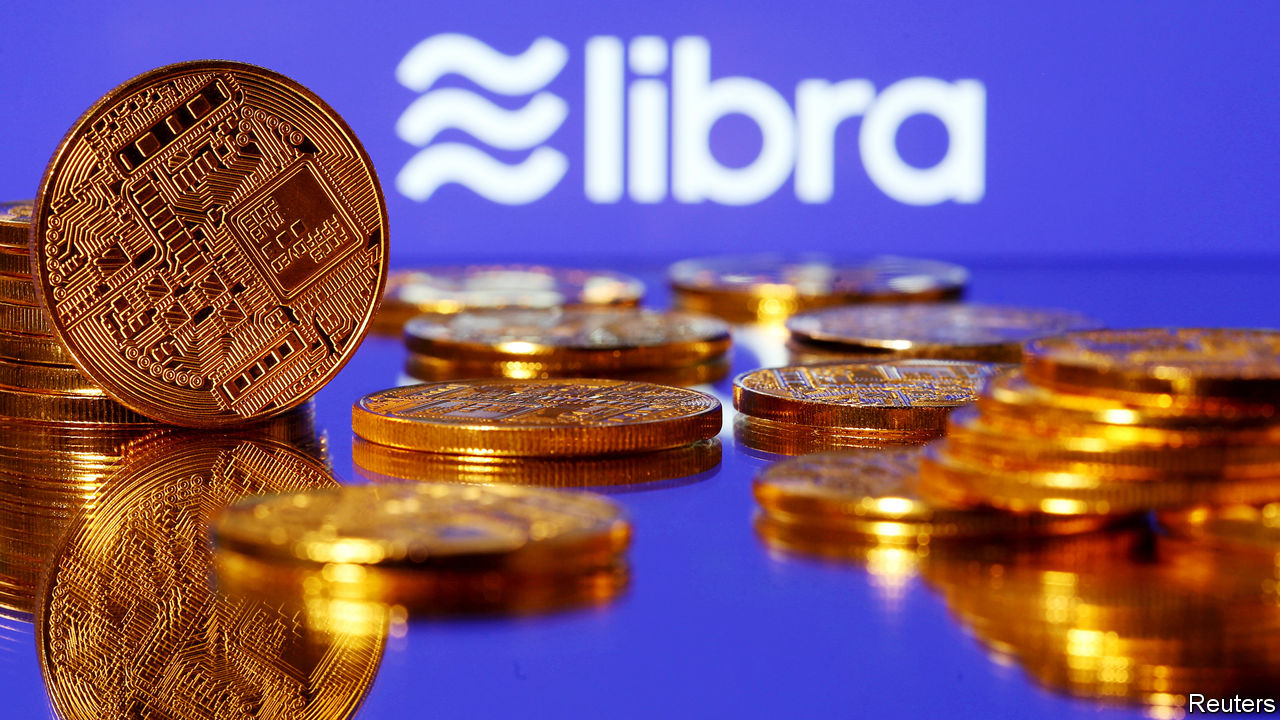 Gold legally barred from what BTC, XRP, TON, ETH are now doing to Wall Street Liam 'Akiba' Wright · 11 mins ago · 3 min read
Gold legally barred from what BTC, XRP, TON, ETH are now doing to Wall Street Liam 'Akiba' Wright · 11 mins ago · 3 min read
Ethereum is flooding public treasuries while gold sits shackled by 1940s law.

Cover art/illustration via CryptoSlate. Image includes combined content which may include AI-generated content.
No public company in the United States merely holds gold as its corporate purpose, but a firm listing itself around its TON holdings is entirely viable (and in the works).
While gold ETFs have existed for years, the Strategy-style (formerly MicroStrategy) treasury play isn’t viable for gold.
As token-backed narratives gain traction, a new class of publicly traded companies is adopting a strategy defined less by operational revenue than by the assets on their balance sheets.
These firms are placing crypto at the center of their identity, turning tokens like Bitcoin, Ethereum, XRP, and now TON into the nucleus of their valuation strategy.
Strategy’s pivot to Bitcoin remains the clearest precedent. The company transformed from a business intelligence firm into a de facto Bitcoin holding vehicle, unlocking a capital formation model built around speculative exposure rather than operating income.
Sharplink Gaming, though historically a betting infrastructure company, recently added Ethereum to its treasury, marking the first ETH-centric positioning by a US-listed firm. BitMine has now also started acquiring Ethereum and has even surpassed Sharplink’s holdings.
Concurrently, TON-linked companies have emerged in foreign markets, replicating this structure by centering token accumulation rather than product development.
These companies share a structural strategy: raise capital, convert it into digital assets, and trade as publicly accessible proxies for those holdings. Their appeal stems not from business fundamentals but from alignment with crypto cycles and retail speculation.
In essence, the firms act as asset wrappers, enabling investors to gain exposure to volatile digital currencies through traditional equity markets.
This is not new behavior in financial engineering, but it is newly permissible under regulatory arbitrage. What differentiates this model from traditional asset holding firms is the peculiar fit of crypto within current SEC frameworks.
TradFi assets don’t work as treasury assets in the same way
Traditional financial assets do not lend themselves to this structure. Gold, for example, triggers classification under the Investment Company Act of 1940 if it dominates the balance sheet without active business operations.
That designation brings fund-level scrutiny, something most firms prefer to avoid. Additionally, the presence of ETFs like GLD renders standalone gold-holding companies redundant. Gold’s lack of yield and narrative momentum further limits its utility as a branding mechanism.
Real estate similarly falls short. While REITs offer a standardized framework for public real estate investment, they are constrained by strict distribution requirements and income tests. They deliver yield, not speculation, and therefore lack the same memetic or branding potential.
Equities and commodities, often held by conglomerates like Berkshire Hathaway or in inventory forms by corporates, must tie directly to operational strategies. They cannot be abstracted into a treasury identity without breaching legal or narrative coherence.
Digital assets break the mold for treasury assets
Crypto’s structural fit arises from a confluence of factors: regulatory ambiguity, speculative upside, staking yields, and token-based incentives. Unlike traditional assets, crypto enables firms to both hold and participate.
A company can currently hold crypto as “intangible assets” under GAAP and argue that it’s part of their treasury, strategic reserves, or business model, without being regulated like an investment trust.
Holding ETH, for example, creates exposure while also unlocking staking rewards, ecosystem credibility, and potential airdrops. In the case of tokens like TON, firms gain direct alignment with community narratives, developer interest, and Layer-1 ecosystem growth. These advantages are simultaneously technical and financial, and no legacy asset category offers a similar package.
The implications are notable. Publicly listed companies acting as holding entities for ETH or TON mirror the function of ETFs, but without the corresponding regulatory burden. They also resemble early-stage venture investments, yet maintain daily liquidity and public disclosures.
For retail traders, they operate like meme stocks, except with tangible crypto reserves behind the narrative. While an entity like “The Ethereum Holding Company” might once have sounded absurd, it is now a very real strategic formation.
However, these companies do sit in a regulatory gray zone, for now. Classification risk would rise if the SEC or equivalent bodies were to treat them as de facto investment funds. As the regulatory perimeter sharpens, firms holding digital assets as their primary value proposition could eventually face pressure to evolve into true operating entities or spin off their holdings.
Still, under the Trump administration, this appears extremely unlikely, thus leading to the influx of new crypto treasury companies.
For now, crypto’s rare compatibility with public market strategies will continue to fuel the trend. Unlike gold or real estate, tokens can function as both treasury and narrative, offering upside, yield, and relevance in a single package. As long as regulatory ambiguity persists, the model will remain viable, a structural loophole transforming exposure into a highly profitable business model.




















 English (US) ·
English (US) ·